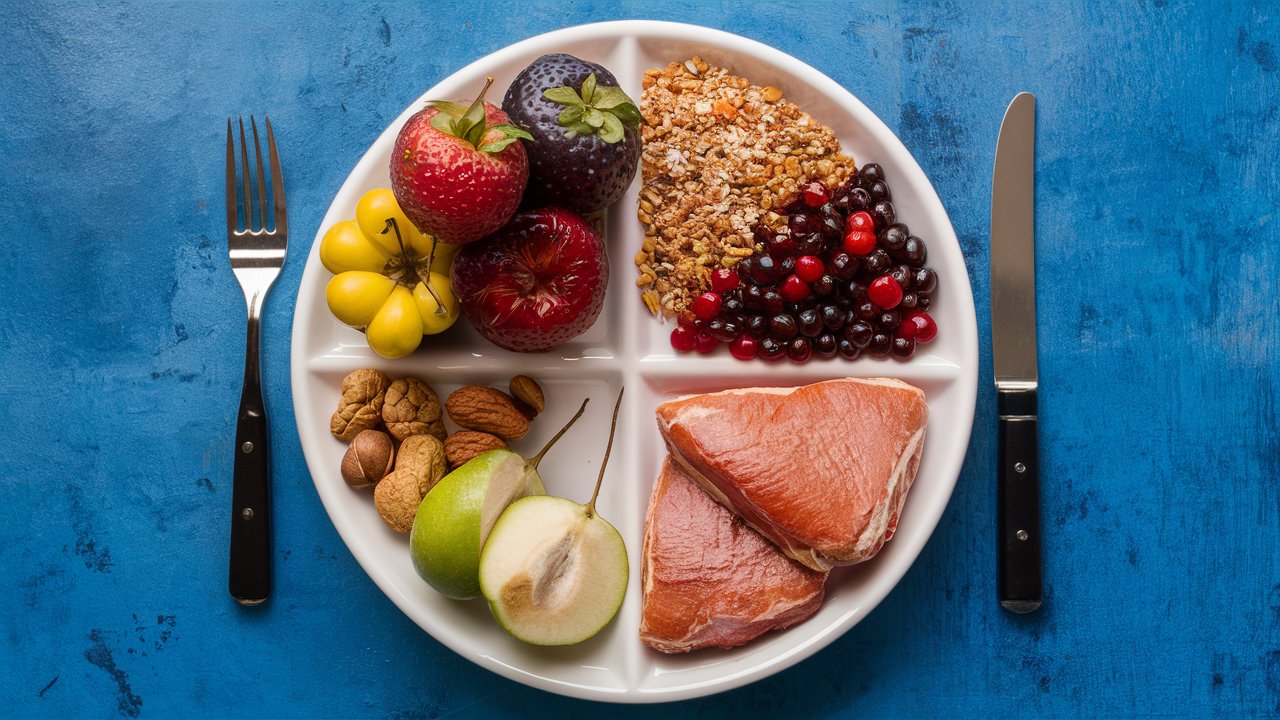When burgers and fries are appearing more frequently than fruits on the children’s plate, it is really hard for a parent to find a way how to help the child to eat better. Candy and brightly coloured packages are hard to resist, but the effects which junk food has on a child penetrate deep into the future. It is hoped that this guide will serve the purpose of increasing understanding of the impact of the consumption of junk food on the health of our children and possible strategies to promote the consumption of healthy foods in the families.
Nutritional Deficiency:
It is bad for health since it is usually prepared under high sugar, salt, and fat content and lacks foods’ rich nutrients. It can contribute to the deficit of vitamin and minerals preparation at regular intervals necessary for a child’s development. For example, a diet that includes cereals regularly may not provide the body with enough iron, calcium, vitamins A and C that are important for the body’s growth, bone health, and immune system.
Weight Gain and Obesity:
Obesity is one of the most evident manifestations of the harmful impact of junk food on a person’s body. Poor quality food that is rich in energy, specifically fat, could create an unhealthy diet upset in the body and proximately result in obesity. This condition can also expose children to other diseases including diabetes, complications of the heart and joint ailments.
Also, read Weight Gain Foods Say No To These Culprits
Behavioral Issues:
It must be noted that there is an increasing number of studies revealing the correlation between the consumption of junk food and behavioral disorders in children. Sugars make children and even adults hyperactive and moody, artificial colors and plastics have been proved to cause ADHD in some children. The oscillation in mood and energy is detrimental because it affects the child’s concentration and productivity in school.
Also, read 10 signs that a child is depressed
Dental Health Problems:
 Added sugars in junk foods are seen as the leading cause of tooth decay or other dental problems. Bacteria found in the mouth get a food source from sugars and in the process of digesting it, they release acids that dissolve the enamel of the teeth. Intake of sweets and soda will cause teeth’s issues more frequently, and once they occur they are as expensive and painful as any other disease.
Added sugars in junk foods are seen as the leading cause of tooth decay or other dental problems. Bacteria found in the mouth get a food source from sugars and in the process of digesting it, they release acids that dissolve the enamel of the teeth. Intake of sweets and soda will cause teeth’s issues more frequently, and once they occur they are as expensive and painful as any other disease.
Crafting a Healthy Eating Strategy
-
Educate and Involve:
Improper nutrition is likely to be accepted by children if only they are convinced of the benefits that come with proper nutrition. Tackle them in conversation regarding nutrient-sensitive issues and involve them in the selection and cooking of balanced diets. This way, they will be more eager to adhere to a particular eating plan because they own it. It may be possible to make learning about nutrition fun by incorporating such items as educational applications for tablets, activity books for children, or children’s food and nutrition books.
-
Create a Balanced Plate:
 Ensure to make your child take balanced meals by having the meals arranged in a circle with all the foods you want your baby to take arranged on the plate. A balanced meal should include:A balanced meal should include:
Ensure to make your child take balanced meals by having the meals arranged in a circle with all the foods you want your baby to take arranged on the plate. A balanced meal should include:A balanced meal should include:
Fruits and Vegetables: Full of vitamins, minerals, and fibers, they must be included in large volumes of the meal.
Whole Grains: It is necessary to take such foods as brown rice, whole wheat bread, and oats as they contain energy and nutrients.
Lean Proteins: Healthy foods that should be selected and bought include chicken, fish, beans, and legumes since they are tasty and healthy for your growth and development.
Healthy Fats: Foods such as avocados, nuts, and olive oil contain fatty acids as foods containing junk food; however, these have no saturated fats.
Smart Snacking:
Do not go for chips or cookies, make sure that a healthy snack or meal is always within your sight. Fresh fruits of different types, yogurt, nuts, and whole grain crackers will help to fight hunger, as well as contain plenty of nutrients. Preparation of food portions can help the children to select foods that they want to eat when they are hungry rather than minded foods.
Limit Sugary Drinks:
 Carbonated beverages, soft drinks, sports drinks, and juices contain empty calories and are also detrimental to the teeth. It is recommended that water or milk should be used as the key beverages. The habit of preserving slices within the water, for example, fruit or cucumber, will make the children who have always been used to taking sweetened water change their habits.
Carbonated beverages, soft drinks, sports drinks, and juices contain empty calories and are also detrimental to the teeth. It is recommended that water or milk should be used as the key beverages. The habit of preserving slices within the water, for example, fruit or cucumber, will make the children who have always been used to taking sweetened water change their habits.
Be a Role Model:
The problem of childhood is a direct imitation of the parent’s behavior. In this sense, the body language of healthy eating assures other people that it is good for them as well. Express an interest in healthy foods for yourself and your family and include in reared meals components of acceptable nutritional value. How you demonstrate the eating habits will remain imprinted in their minds regardless of their age limit.
Plan Meals Together:
Letting the children participate when it comes to the selection of foods to be prepared, and when buying foods might help them more inclined to improve what they eat. Explain to them how to read labels; courses on nutritional value of the foods are beneficial. This approach assists in establishing their experiences and the overall authoritative sense of making better nutritional decisions.
Encourage Physical Activity:
Diet along with exercise is the most appropriate way of nutrition if followed in the right manner and the right intensity. By so doing encourage your child to do what he or she loves to do that can be football, dancing, or biking. Expressed for children, the rules of a healthy lifestyle imply moderate physical activity, the presence of which is necessary to prevent appetite, proper growth, and prevention of various diseases.
Offer Variety:
Sprinkle meals that give a variety so that no meal can be monotonous and contains a variety of nutrients. Try not to get tired of the meals by changing the type of fruits, vegetables, and grains as well as the category of proteins. Allow your child to branch out and try different foods and forms of preparation to find out more of what he or she likes.
For more such content, read our blogs on Health Benefits.
Navigating Challenges and Finding Balance
Thus, it is crucial to admit that the abolition of junk food is impossible and unnecessary as a real target. However, moderation should be the keynote –each food type should be consumed in reasonable amounts. Permit tentatively the occasional unhealthy food item but stress that these should not regularly form a part of one’s diet. Maintaining a healthy eating paradigm at home for children that doesn’t look like forced dieting supports a healthy eating pattern.
The difficult factors affecting parents in terms of trying to promote healthy eating include schedule issues like, the pressure from peers. However as several adaptations to the home environment as well as changes in the child’s daily routine indicated, small and realistic modifications can go a long way in affecting the child’s quality of life for the better. That is why it is crucial to control what you eat and set a good example because in this way children get all the knowledge and the proper habits for a long life.
Finally, the best parent manual on eating well is not just about foods to eliminate, but definitely more about how to instill a positive attitude toward good foods. When making sound nutrition decisions for them and creating healthy surroundings that encourage and sustain good eating habits, you provide your children with food that fuels their bodies and minds thus giving them the strength to learn and to discover this world.

